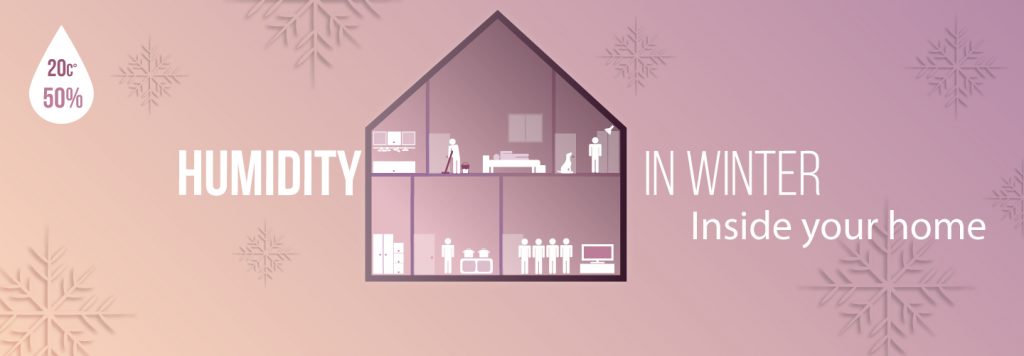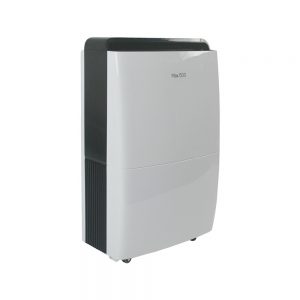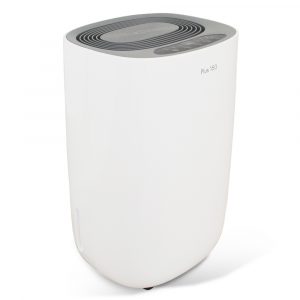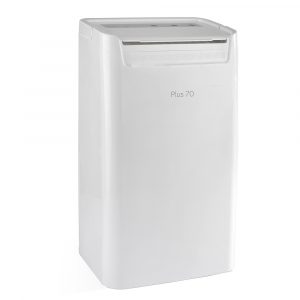
Did you know that we produce excessive humidity inside our houses during winter?
Despite the fact that humidity is lower during winter and the beginning of spring, certain regions lose these characteristics for being located in environments where:
– It rains due to evaporation;
– There are forested areas or are areas close to rivers, dams, and coastlines;
– The temperature drops (dew).
Due to cold weather, we close doors and windows, take hot showers, cook soups and broths, put wet clothes in the laundry room, among other day-to-day activities.
All these habits increase humidity, which prejudices our health in indoor environments.
Check out the routine of a house during winter with external temperature of 20°C and relative humidity of 50%:
Due to the ideal microclimate we produce inside our houses, respiratory diseases (allergic rhinitis, bronchitis, asthma) caused by humidity are more common in this time of the year. The microorganisms that grow more easily with accumulate humidity lodge on clothes, blankets, bed linens, armoires, etc.
Mold and mildew are two of the main causers of allergic and respiratory diseases during winter. Due to low humidity, allergic people use air humidification devices, which increase the room humidity to more than 60% and provide a perfect climate for proliferation of fungi and mites.
The best treatment for respiratory diseases is prevention. Room humidity must be controlled, preventing, thus, these microorganisms from proliferating and eliminating troubles with mold, mildew, and bad smells.
With an air dehumidifier, you ensure comfort, health, and preserve the goods in the room.



